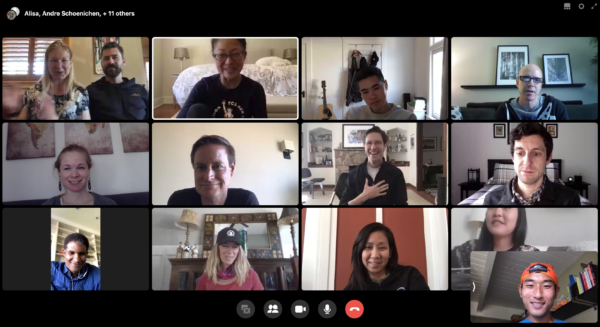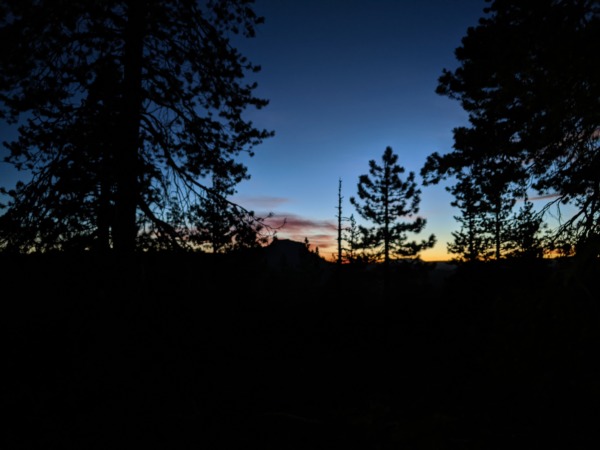Today, I went to the dentist.
While my teeth were cleaned, I was reminded of a cool evening in early April 2013.
I spent that evening in a lower-income neighborhood in central Los Angeles, at Lennox Middle School.
I was there to observe. As a member (actually the chairman) of the UCLA’s Community Activities Committee, I was required to evaluate a subset of student groups that the Committee funded (with my co-committee members evaluating other subsets catering to their experience and expertise). At least half of these evaluations, for each group, had to be “on-site” (to verify that each group was actually providing the community services that we were funding.)
The group I was evaluating during this particular visit was Dental Education Outreach. I don’t have access to the grant application they filed back in 2013 now. But their mission statement today states:
The Dental Education Outreach (DEO) provides oral hygiene education and offers free screenings and sealants to the underserved and underprivileged community of Los Angeles. The project hopes to integrate the students of the UCLA School of Dentistry into the community and promote awareness of the underserved population of Los Angeles and their dental needs. In addition, the project encourages the underprivileged youth to pursue higher education and careers, such as dentistry.
This was not my first time visiting DEO on-site (I observed them the previous year, during my first year on the CAC). But this visit was particularly memorable.
This is partly because, unlike my first visit, this event was standalone (to my recollection). This meant that unlike larger, co-located events, the group had a lot of more space, and could operate more like a real dentist office.
This meant that the first thing I saw when I visited was their “waiting room,” the lobby of the school’s administration. This room was filled with old Hispanic women, maybe about a dozen. These older women sat quietly on chairs along the room’s walls. If they were here, then none of them had a regular dentist, I knew.
Having a standalone event also meant that the dental student volunteers could set up dental chairs and equipment in separate rooms (versus having them all lined up with no barriers between them). From what I can recall, these rooms were administrative conference rooms, though at least one looked like it could’ve been a classroom.
I mention this because I felt especially awkward as I observed the volunteers poke and prod at people’s teeth in closer proximity (as opposed to the more typical open-air community health fair setup).
The most awkward (and maybe the most distressing) moment came as I observed an an operation farthest down the hall. In this room (the one room that I think was a classroom of some sort), the patient reclined on the dental chair wasn’t an old lady.
Rather, it was a teenager. And he was definitely in some pain.
The phalanx of dental students that crowded around him was also in some pain — the pain of not knowing what to do! Even to my untrained eye, this kid clearly needed an operation requiring some sophistication, perhaps even surgery.
Finally, after at least a couple minutes, one of the four or five dental students flagged down an attending dental school professor.
I don’t know exactly what was said, but apparently the students were cleared to break up a (diseased?) tooth (with some initial supervision from the professor). So in came some heavy-duty tools, followed shortly after with loud cracking and knocking sounds from the kid’s mouth.
I don’t think about this episode often. But when I do, it makes me sad. This was an underprivileged kid whose only dental care option was this free, community health service run by dental students. If no such service existed, who knows what he (and many, many others like him) would’ve done?
Similarly, I wonder what kind of follow-up this kid had. I didn’t stay around to see the end of this operation. But from what I did see, it was clear to me that this procedure would work best with some kind of future check-up or work.
It’s possible that the volunteers asked him to come back. (I don’t remember how often this group ran events anymore. I think it was either every week or every month.) If this was the case, I’m happy for the kid. But if he couldn’t get follow-up care, again, who knows what kind of problems he might have in the future.
I no longer have the evaluation form that I submitted for this visit. But I’m sure I scored this group well on (1) the need of their target community, and (2) how they addressed these needs. I think most people forget about dental care when discussing healthcare. Even I forget about this issue, until I’m reminded, e.g. when I’m at the dentist myself.
The next time I look at a healthcare bill or proposal, I’ll try to look for details not just on medical conditions, but dental (and vision) ones as well. I’m curious what I’ll find (or not find).

